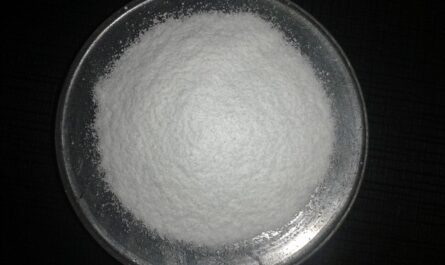Silicone elastomers, also known as silicone rubbers, are a class of polymers that have versatile applications across various industries. With their unique combination of properties like flexibility, chemical stability, temperature resistance and biocompatibility, silicone elastomers have emerged as one of the most widely used types of polymers in the modern world. This article provides a comprehensive overview of silicone elastomers including their composition, properties and applications.
Composition and Molecular Structure
Silicone elastomers are made up of silicone polymers, which are composed of siloxane repeating units joined together by silicon-oxygen bonds. Siloxane polymers contain alternating silicon and oxygen atoms combined with carbon and hydrogen, giving them the general formula (RSiO)n. The ‘R’ stands for any alkyl or aryl substituent attached to the silicone backbone.
The most commonly used type of siloxane polymer for making elastomers is polydimethylsiloxane (PDMS). In PDMS, both of the organic substituents attached to the silicone atoms are methyl groups (CH3). Due to the flexibility and length of the Si-O-Si backbone and the small size of the methyl side chains, PDMS polymers can adopt various conformations allowing them to easily deform under stress.
Other types of siloxane polymers include polydiphenylsiloxane, which has phenyl groups attached, and vinyl terminated copolymers that introduce alkene functionality for curing. The polymers are crosslinked either through heat or addition reactions involving vinyl groups to form the rubbery silicone elastomer network structure.
Properties and Advantages
The unique molecular structure of Silicone Elastomers endows them with highly desirable properties setting them apart from conventional hydrocarbon rubbers. Some of the key properties and advantages are:
– Temperature resistance – Silicone elastomers have a working temperature range of -100°C to 250°C. This makes them suitable for applications in extreme high and low temperatures.
– Chemical stability – The inertness of the silicone-oxygen backbone provides resistance to degradation caused by exposure to salts, acids, bases, organic chemicals and UV radiation.
– Oxygen permeability – Silicone rubbers allow oxygen permeability which is beneficial for medical applications like oxygen tubing and ventilation equipment.
– Biocompatibility – Silicone elastomers are biofriendly and does not leach harmful substances on contact with tissues or body fluids. They are widely used for implants and prosthetics applications.
– Electrical insulation – Silicone rubbers are electrically insulating thus finding use as seals, gaskets and insulators for high voltage equipment.
– Weatherability – Retains properties after exposure to sun, rain, snow and wind making it suitable for exterior seals and gaskets.
– Softness – Can produce soft, flexible materials ranging from gels to harder consistencies depending on formulation.
Major Applications of Silicone Elastomers
Due to their unique set of advantages, silicone rubbers today find applications across diverse industry sectors as discussed below:
Medical Devices
– Catheters, medical tubing, breathing circuits, implants, wound dressings, prosthetics etc.
Automotive and Transportation
– Seals, hoses, engine mounts, tires, gaskets for withstanding heat and vibrations.
Construction
– Glazing sealants and weatherproofing agents, facade coatings, roofing membranes.
Industrial Manufacturing
– Gaskets, O-rings, hoses and seals for heated processes, microelectronics, optics.
Consumer Goods
– Kitchen, bathroom and plumbing seals and spatulas, aquariums, thermometers, toys etc.
Personal Care
– Contact lenses, breast implants, skin masks, wound care etc.
Electronics and Electrical
– Encapsulation, potting compounds, touchscreens, keyboards, wire and cable insulation.
Aerospace and Defense
– Sealing, thermal insulation, vibration damping components.
Future Outlook and Trends
Going forward, silicone elastomers are expected to see increasing applications driven by various trends including:
– Growing healthcare sector will boost demand for biomedical applications of silicones.
– Focus on lightweight, durable materials favors silicone usage in automotive, aviation and renewable energy sectors.
– Increased R&D in conductive silicones will facilitate products like sensors, displays and smart fabrics.
– Development of reinforced silicones hybrid composites will address design challenges.
– Adoption of liquid silicone rubbers for 3D printing of complex components.
– Emphasis on sustainability may steer demand towards renewable and recyclable silicone formulations.
Silicone elastomers have emerged as indispensible engineering polymers due to their unique balance of properties. Their diversity, resilience and performance advantages will continue spurring innovations across various industries and new application areas in the future.
*Note:
1. Source: Coherent Market Insights, Public sources, Desk research
2. We have leveraged AI tools to mine information and compile it


